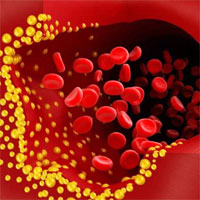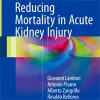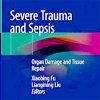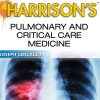Pulse Oximetry Waveform: A Non-invasive Physiological Predictor for the ROSC During CPR
resuscitationjournal.com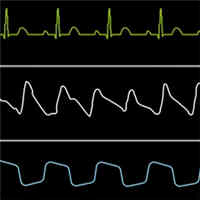
Pulse oximetry plethysmography (POP) may be a novel and effective method for predicting return of spontaneous circulation (ROSC) during resuscitation, with a prognostic value similar to ETCO2 at early stage.
150 out-of-hospital cardiac arrest (OHCA) patients and 291 in-hospital cardiac arrest (IHCA) patients were enrolled prospectively.
ROSC was achieved in 20 (13.3%) and 64 (22.0%) patients in these cohorts, respectively.
In patients with complete end-tidal carbon dioxide (ETCO2) and POP data, patients with ROSC had significantly higher levels of POP area under the curve (AUCp), wave amplitude (Amp) and ETCO2 level during CPR than those without ROSC (all p < 0.05). Pairwise comparison of receiver operating characteristic (ROC) curve analysis indicated no significant difference was observed between ETCO2 and Amp (p = 0.204) or AUCp (p = 0.588) during the first two minutes of resuscitation.



